U-505 Submarine and Submarine Tour - Museum of Science and Industry
The U-505, a submarine captured from the Germans during WWII, is the single best exhibit at MSI, and possibly the most impressive in all of Chicago.
Viewing the submarine from the outside is free (and still extraordinary). If you want to go on the tour that goes inside, it’s $18 for adults and $14 for kids. The tour is great, but it’s intense and best for upper elementary and above: dark, loud, and with frank description of war and life on a submarine. Strollers and wheelchairs cannot be used on the tour (and it has limited accessibility in general).
The leadup to the submarine focuses on how it was captured. It is a little loud and intense, so the More Information section tells you how to skip it entirely if you want. Once you’re inside the room with the submarine, and especially down at the lowest level, the information turns to the science technology of submarines (buoyancy, periscopes, torpedoes, etc) as well as what life was like onboard, showing what the kitchen and bunks looked like.
The U-505 building has its own bathrooms. From the bottom level of the submarine room, walk towards the exit; the bathrooms will be on your right as you leave the submarine room.
The walk to get to the submarine focuses primarily on how it was captured, which includes life-sized scenes and videos dramatizing the action. I just walk through them with younger kids but many older kids will enjoy this section. If your child may be bothered by the loud sound effects or intense music, there’s an unmarked way to skip it entirely: inside the exhibit, take the elevator rather than the stairs. Instead of going to level S1 (labeled U-505 submarine), choose S2 (labeled restrooms). That will take you to the exit from the exhibit, but you can go back into it, having skipped the intense introduction.
If you’ve seen Imitation Game or are familiar with the enigma machine, which the Germans used to send encrypted messages, don’t miss the enigma on display on the bottom level of the submarine room.
Another item not to miss is the video just outside the bathrooms which shows how the U-505 made its way to the Museum of Science and Industry, and how it was put into its current home in 2004.
TOPICS AND EXHIBITS


Board a WWII submarine
from your living room.
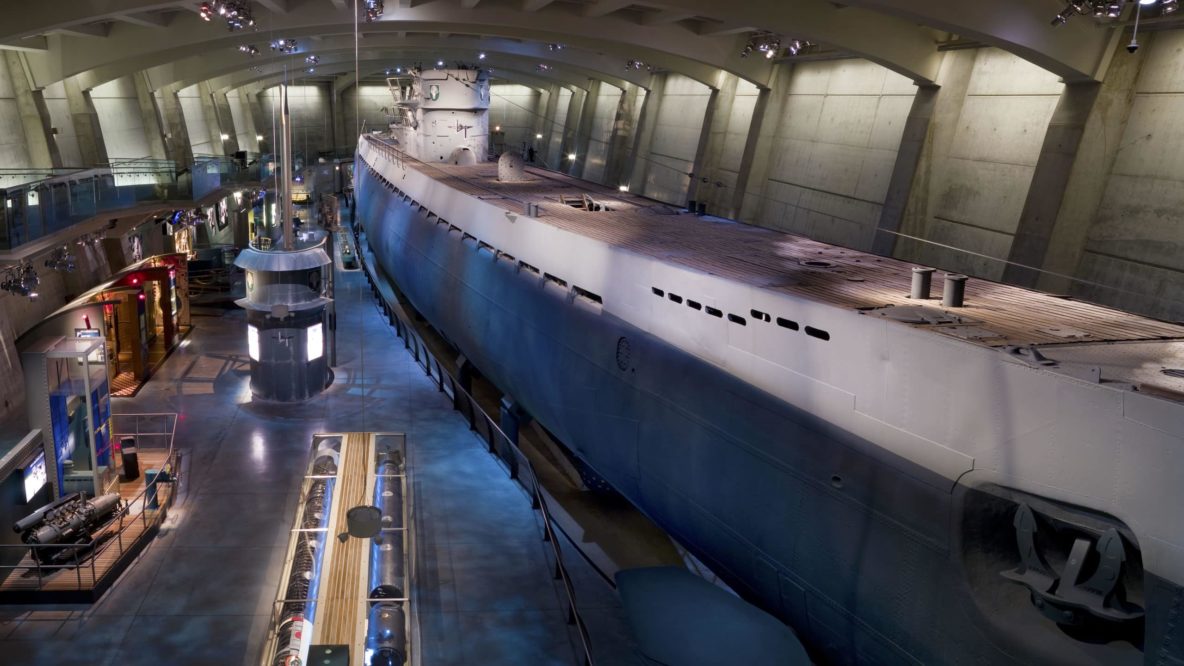
- Created a new longer, virtual version of the U-505 tour.
- Developed custom livestream rig for the guide to safely take aboard the submarine.
- Significant gains in accessibility for guests with limited mobility or not able to visit MSI.
The U-505 submarine on-board tour at the Museum of Science and Industry takes guests on a 15-minute guided tour through the inside of a real WWII submarine. When the Museum reopened in 2020 after a long COVID-19 closure, the state guidelines required that the submarine remain closed due to the tight quarters.
Working with the Museum’s Guest Experience team, we created a new version of the tour that could be experienced from anywhere. The format allows guests to spend twice as much time on the boat in conversation with the guide and (for the first time ever) makes the submarine accessible to guests unable to navigate the steps and uneven floors of the submarine.
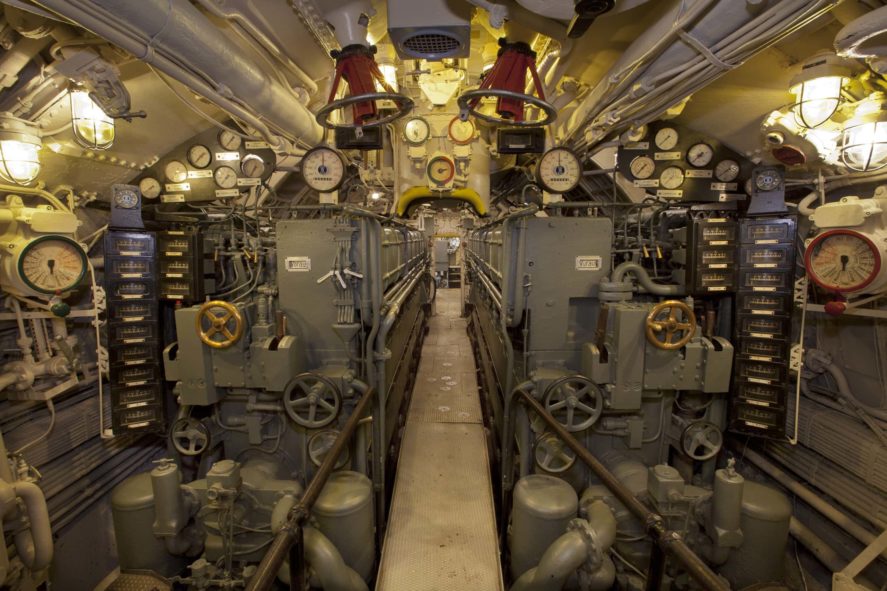
We built a custom livestream rig to make it possible for the guides to take guests through the submarine without a separate camera person, which allowed them to remove their mask while alone onboard. Essentially a tricked-out iPad on a stick-like tripod, the rig is small and light, which makes it easy to take around the tight interiors of the submarine and set down. An earpiece and “just large enough” screen lets the guide see all 20 guests’ faces and converse throughout the tour. The livestream rig worked so well that it has become the default tour platform and has been used for groups of 10 to 8,000 guests.
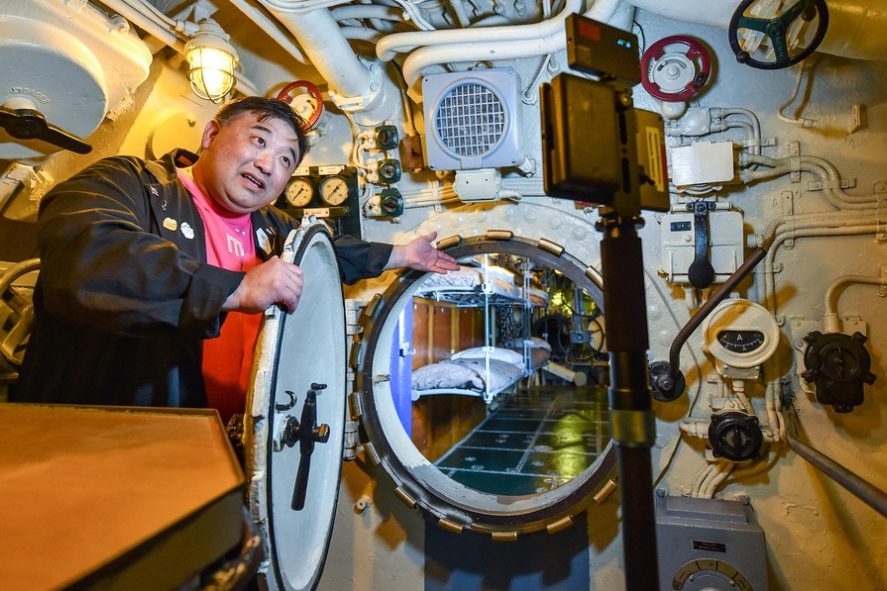
This was the Museum’s first revenue-generating digital product. The limited capacity tours were sold online via the Museum’s ticketing system, Ticketure. We created an integration between the Museum’s CRM and Zoom to take care of booking guests into their correct scheduled slot and sending joining instructions with their private Zoom link.
At launch, we leveraged the Museum’s CRM to focus marketing efforts on guests who had expressed interest in the U-505 submarine in the past. The first batch of tours sold out almost instantly. Tours continue to run for the general public, private groups such as senior homes, and as part of the Museum’s virtual field trips for students.
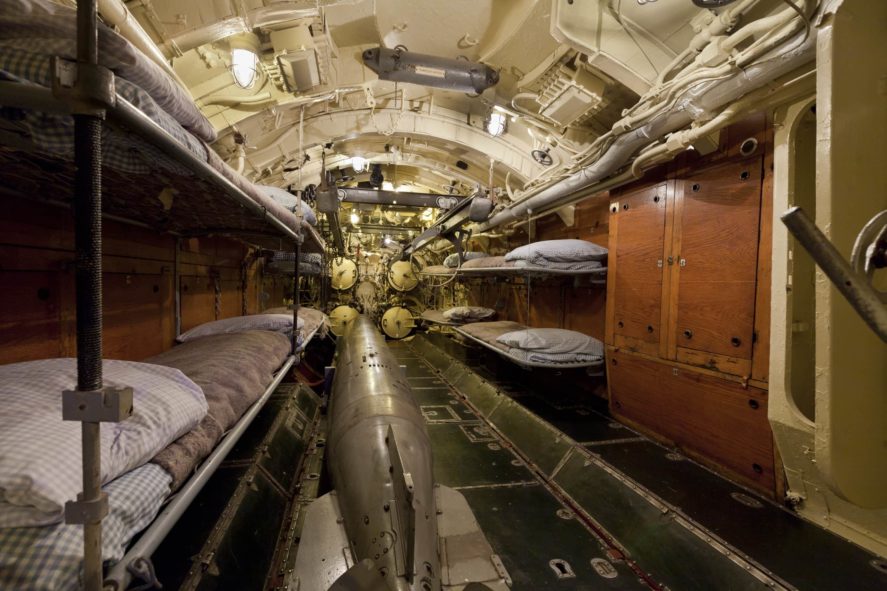
Back to work
Please enter at least 3 characters
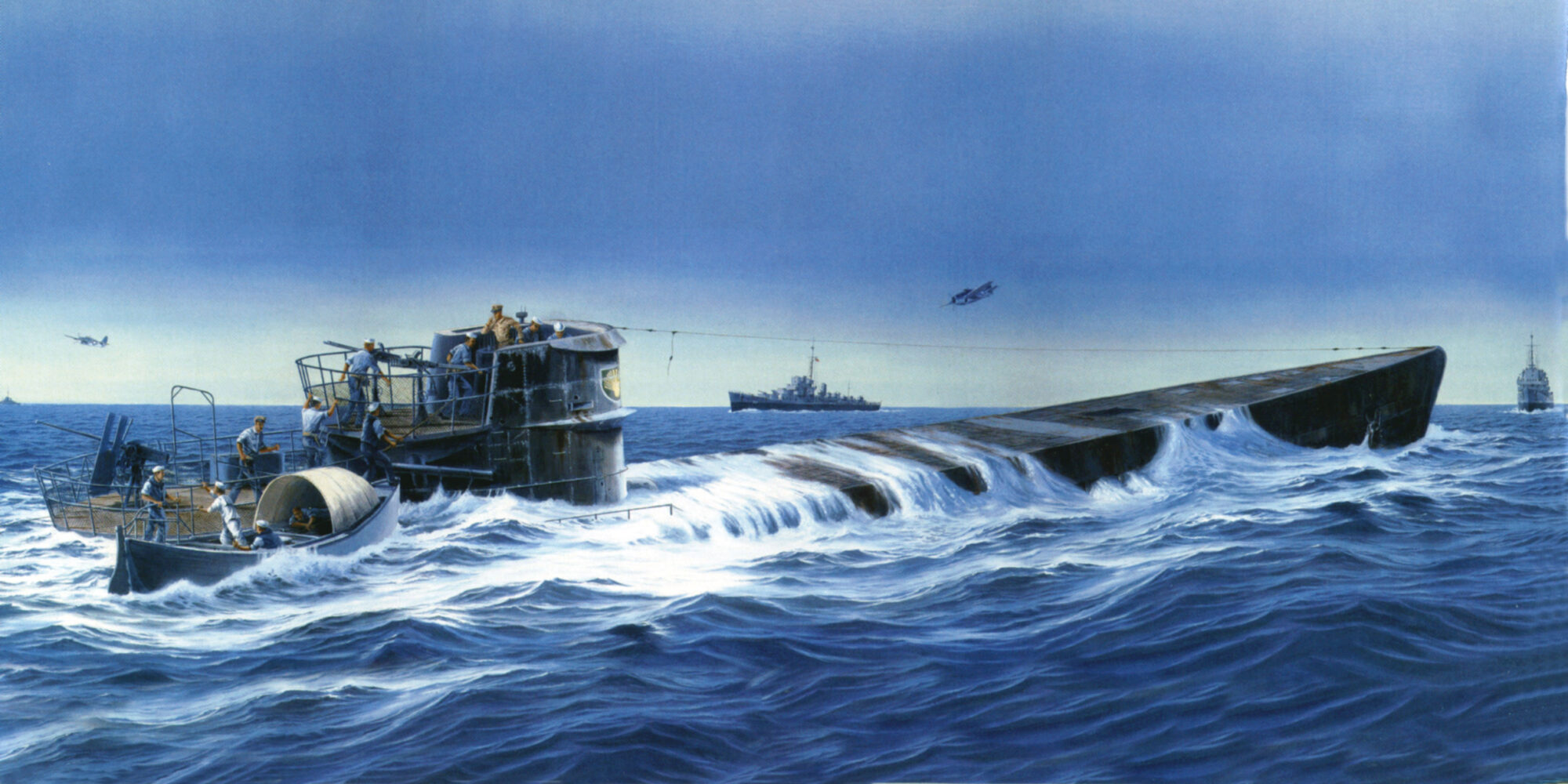
The submarine U-505 made an epic journey from Germany to Chicago.
This article appears in: November 2005
By Lt. Col. Harold E. Raugh, Jr., Ph.D., U.S. Army (Ret.)
The German U-boat U-505 was, according to author James E. Wise, Jr., “probably one of the unluckiest U-boats in Adolf Hitler’s submarine service during World War II.” After being involved in a series of unfortunate incidents, coupled with poor leadership and “mysterious equipment malfunctions,” in June 1944, U-505 became the first enemy combatant ship to be captured by the U.S. Navy in battle on the high seas since the War of 1812.
The final resting place of U-505 was not the bottom of the sea. It was, quite unexpectedly—and still is—on permanent display at the Museum of Science and Industry in Chicago. The unparalleled odyssey of the U-505 is chronicled by Wise with a crisp and detailed narrative supported by scores of fascinating photographs in U-505: The Final Journey (Naval Institute Press, Annapolis, MD, 2005, 204 pp., maps, illustrations, appendices, works consulted, $32.95, hardcover).
The 750-ton, 252-foot U-505 was launched from Hamburg, Germany, in May 1941. Larger than earlier submarines, U-505 could carry extra fuel, giving it a surface cruising range of 13,450 miles. This gave U-505 the opportunity to operate thousands of miles from its base as a “lone wolf,” and not in a wolfpack with other U-boats.
U-505 sailed initially to the German submarine base at Lorient on the French coast. Its second war patrol, during which it sank 25,000 tons of shipping in 86 days at sea, was conducted mainly off West Africa. A third war patrol in the Caribbean followed, as did a new captain, as the submarine war began to favor the Allies. Aborted missions and bad luck then seemed to follow the U-505, and the second captain shockingly committed suicide in the control room.
U-505’s last patrol was also off the coast of West Africa. U.S. Navy Task Group 22.3, consisting of the escort carrier Guadalcanal (CVE-60), four destroyers, and an air group commanded by Captain Daniel V. Gallery, sailed for Casablanca to refuel in early June 1944. On the way, aircraft reported radar contacts with U-505. U.S. depth charges caught the U-boat completely by surprise and forced it to the surface. Boarding party members quickly closed U-505’s open valves and saved the boat from being scuttled. Among the prizes captured were two Enigma machines and codebooks.
U-505 was towed to Bermuda, renamed the USS Nemo, and guarded for the rest of the war. When the war ended, the boat visited ports to help sell war bonds.
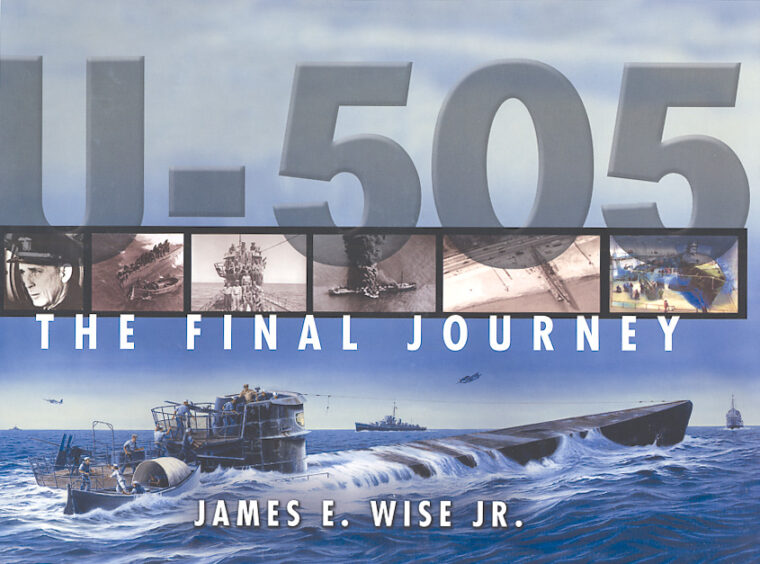
Gallery’s brother recommended that U-505 be brought to Chicago, Gallery’s hometown, and made into a “memorial to the thousands of seamen who had lost their lives in the two great Battles of the Atlantic.” The Museum of Science and Industry, after active campaigning, received title to the former German submarine in 1954. U-505 was towed from Portsmouth, N.H. through the Great Lakes, and to its place on reinforced concrete cradles near the museum.
In 2001, a study revealed that almost a half-century of exposure to the elements and over 24 million visitors had taken their toll on U-505’s condition. Accordingly, a new underground, self-enclosed exhibition hall was constructed, and U-505 was renovated and moved to its new permanent location in 2004.
This outstanding book, which also describes submarine warfare and World War II strategy in general, helps one experience the living legacy of U-505 today.
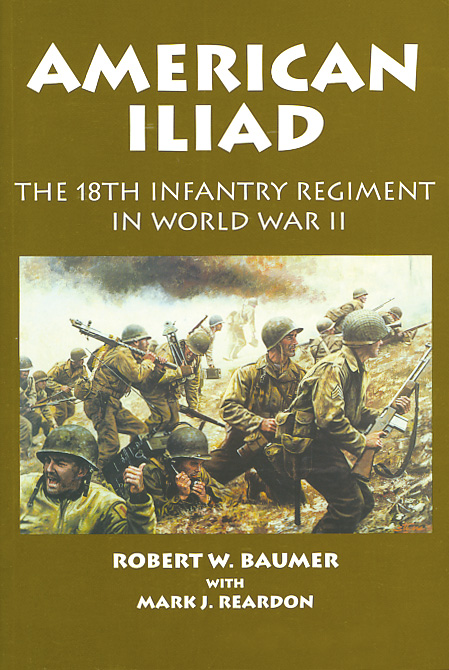
American Iliad: The 18th Infantry Regiment in World War II , by Robert W. Baumer with Mark J. Reardon, Aberjona Press, Bedford, PA, 2004, 415 pp., illustrations, maps, appendices, notes, index, $24.95, softcover.
The 18th Infantry Regiment was one of three regiments of the lauded 1st Infantry Division, “The Big Red One,” during World War II. Beginning with the regiment’s organization day on May 3, 1941, to VE day, May 8, 1945, this outstanding volume chronicles the unit’s wartime operations and activities. The 18th Infantry entered combat during Operation Torch, the invasion of North Africa, in November 1942. The regiment’s infantrymen gained proficiency and confidence as they fought across North Africa and in the invasion of Sicily. On D-day, June 6, 1944, the 18th Infantry stormed the Normandy beachhead to reinforce the initial assault force. After piercing the Norman hedgerows, the regiment advanced through the meat grinder of the Hürtgen Forest, fought in the Battle of the Bulge, pushed through the Siegfried Line, and was in Czechoslovakia at war’s end.
This impeccably researched and finely crafted study—interspersed with participant accounts and supplemented by excellent maps and illustrations—is a model unit history. It is a fitting tribute to the courageous and tenacious soldiers who served in the 18th Infantry Regiment during World War II and merits the largest audience.

Waffen-SS Encyclopedia , by Marc J. Rikmenspoel, Aberjona Press, Bedford, PA, 2004, 285 pp., illustrations, appendix, annotated bibliography, $19.95, softcover.
The German SS (Schutzstaffel, or Protection Force) is one of the most notorious yet least understood of World War II German military organizations. It had three sections, the last of which, the Waffen-SS (Armed SS), was formed in 1940 after the campaign in France. The Waffen-SS was the true military component of the larger SS, and it is the main focus of this superb study. While not a traditional encyclopedia, this book is divided into eight parts. The first two cover in unparalleled detail the formations (units) and their evolution, and the structure of its divisions. The following three fascinating chapters describe Germans, Germanics (ethnic Germans from outside Germany), and non-German and non-Germanics in the Waffen-SS. Chapter 6 includes biographical sketches of 13 leading Waffen-SS personalities, including Paul Hausser, Felix Steiner, and Sepp Dietrich. These are enhanced with excellent photographs. Chapter 7 describes Waffen-SS weapons. The volume concludes with “Misconceptions and Controversies About the Waffen-SS.” This thoroughly researched and well-written study is an indispensable reference book for anyone interested in World War II.
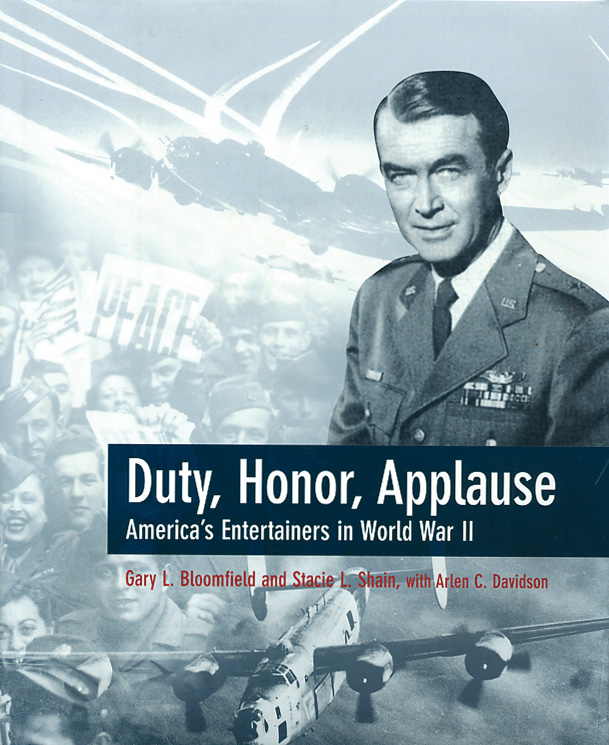
America entered World War II during the golden age of Hollywood. The motion picture studios, actors and actresses, musicians and comedians, and directors and filmmakers all mobilized to support the war effort. Leading actors such as Jimmy Stewart, Douglas Fairbanks, Jr., Clark Gable, and a host of lesser luminaries served on active duty, some in combat. Bob Hope, the Andrews Sisters, Jack Benny, and the Three Stooges traveled to many military installations, frequently overseas, to entertain soldiers and help bolster military morale. Documentary war films were made by John Ford, John Huston, Frank Capra, and other renowned directors. Other stars helped sell war bonds, visited wounded soldiers in hospitals, and hosted servicemen at the USO, while starlets and models lent their svelte figures to wildly popular “pin-ups.” This fascinating book, almost encyclopedic in scope and profusely illustrated (which would have benefited from the inclusion of an index), contains much more than this brief review can highlight. This superb volume hearkens back to a bygone era of patriotism, sacrifice, and national unity.

For a few short months in 1940, after the fall of France in June, all that stood between Great Britain and a possible German invasion was the English Channel and a few thousand stalwart Royal Air Force (RAF) pilots. These outnumbered “Fighter Boys,” sweeping out of the skies in their sleek Hawker Hurricanes and Supermarine Spitfires, turned back the overwhelming German aerial onslaught from August to November 1940. During the Battle of Britain, as this campaign was called, 1,733 German planes were shot down against the loss of 915 British planes. The cost was quite high. Of the 2,917 RAF pilots who fought in these 1940 battles, 540 were killed, and another 795 died before the end of the war. Journalist Patrick Bishop has skillfully interwoven wartime letters and diaries, later interviews, and other documents to produce an enthralling account of the “Fighter Boys” at war, their trials, tribulations, heroism, and sacrifices. This riveting book—about these brave pilots whom Prime Minister Winston Churchill lauded with the words, “ Never, in the field of human conflict, was so much owed by so many to so few — is a real page-turner.
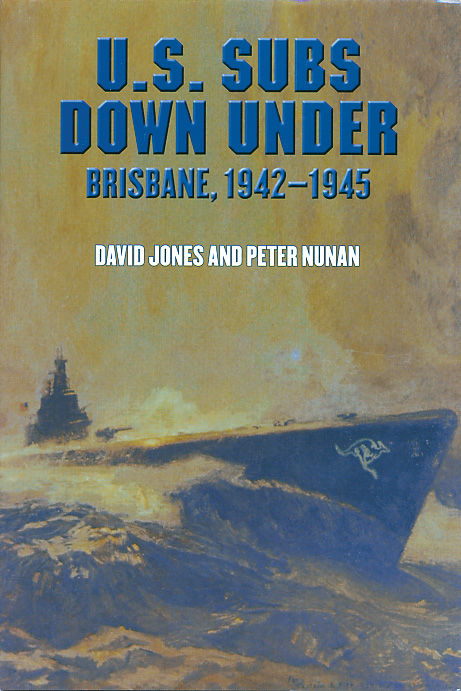
On February 15, 1942, the Japanese captured Singapore, and four days later Japanese planes conducted a devastating raid on Darwin, Australia. Two months later, to buttress the defense of Australia, six U.S. Navy submarines arrived in Brisbane, a port on the country’s east coast. From that time until April 1945, when the U.S. submarine base and repair unit was moved to the Philippines, almost 200 submarine war patrols departed from Brisbane. These combat patrols destroyed 117 enemy ships (including three heavy and two light cruisers) totaling 515,000 tons sunk and damaged many others. This represented about one-tenth of Japanese shipping sunk by American submarines during the entire war. Other submarine missions included providing support for coastwatchers and clandestine forces, search and rescue, and reconnaissance operations. These important submarine missions, the relatively unknown port and repair activities, and the interrelationships between U.S. sailors and Australian civilians at Brisbane are chronicled in rich detail in this interesting study.

Walter Schmid was one of the lucky ones, as far as German prisoners of war go. A soldier in the Afrika Korps, he was one of a quarter million German and Italian soldiers who surrendered to the Allies in North Africa in May 1943. Schmid, one of about 380,000 German soldier interned in the United States during the war, was held initially at Camp Gruber, then Camp McAlester, both in Oklahoma. In mid-1944, he was transferred to another camp near Las Cruces, N.M. At the latter, Schmid worked mainly as a field laborer in a little-known wartime program of contract labor, in which local farmers could hire POW labor if there was a manpower shortage in the area. Believing in Aryan superiority, Schmid noted the American contradiction of treating Mexicans and blacks as second-class citizens. Schmid’s nicely written memoir, based on his POW diary, vividly portrays his “battleground experience, captivity, long separation from family and home, loneliness, isolation, and the uncertainty of the future.” After returning to Germany in 1947 and seeing Germans returning from Russian POW camps, Schmid finally realized how fortunate he had been.
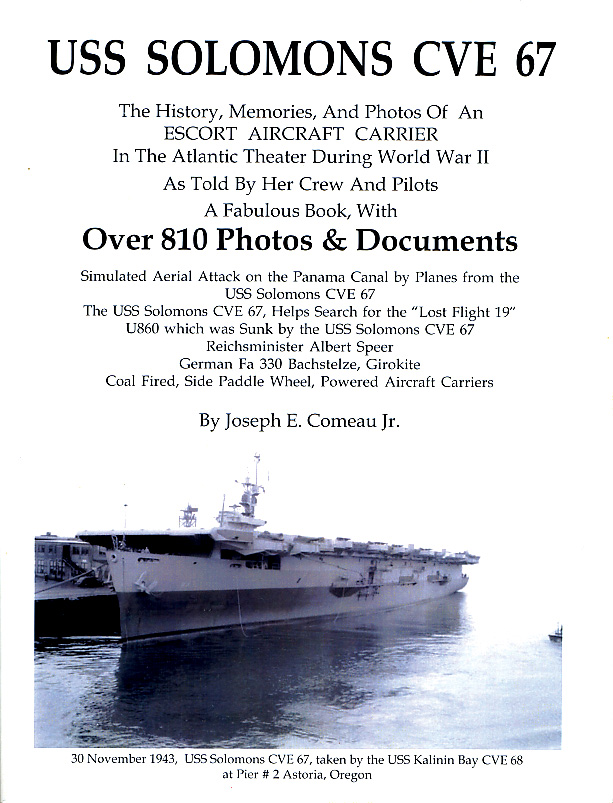
The USS Solomons (CVE-67), an escort aircraft carrier, was converted from a maritime commission hull and launched on October 6, 1943. It served mainly in the Atlantic Theater, and while it saw little combat, it still made a significant contribution to the American war effort. The Solomons frequently ferried planes and troops from one distant location to another. During an early voyage, the ship participated in a simulated aerial attack on the Panama Canal. In June 1944, planes from Solomons detected a German U-boat and eventually sank it. This was Solomons’ sole U-boat engagement of the war. In 1946, Solomons was decommissioned and sold for scrap, but its spirit lived on in the sailors who had served on her. This interesting book was put together by Joseph S. Comeau, Jr., in honor of his father who was a Solomons’ sailor. It contains numerous accounts and biographical sketches of the ship’s officers and men, copies of photographs, scrapbook items, and other ephemera, such as the ship’s memos. This quaint book, almost like a family photo album and scrapbook, was clearly a labor of love.
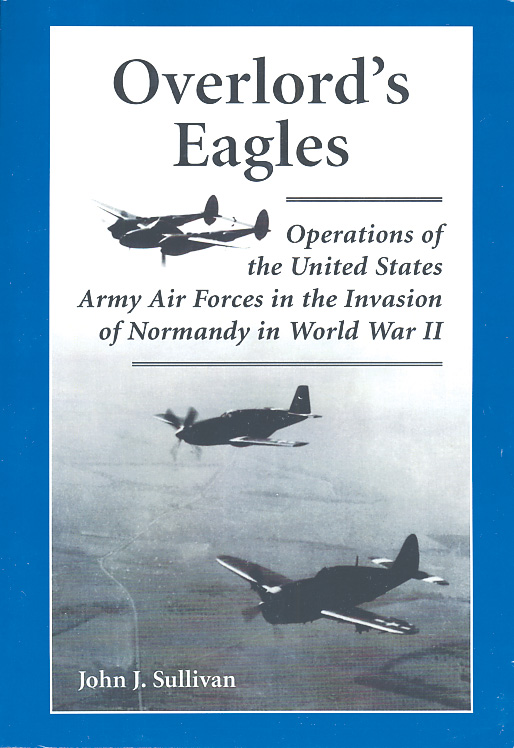
Allied air superiority was a prerequisite for the success of the amphibious landings at Normandy on D-day 1944. Author John J. Sullivan’s well-researched and finely written study traces the air preparations and support of the Normandy landings and includes contemporary and current evaluations of their effectiveness. More significantly, Sullivan, by using numerous official documents and personal papers, chronicles the philosophies of the senior generals and the strategic debate surrounding these operations. Prior to D-day, air assets focused on bombing French and Belgian rail centers to disrupt German strategic mobility and their ability to reinforce Normandy. Other generals believed it was more important to destroy the Luftwaffe and implemented plans to accomplish this goal. On D-day, tactical air forces provided effective close air support to the Allied ground troops. This excellent book makes a meaningful contribution to the study of air support to the Normandy landings and other military operations in northwest Europe.
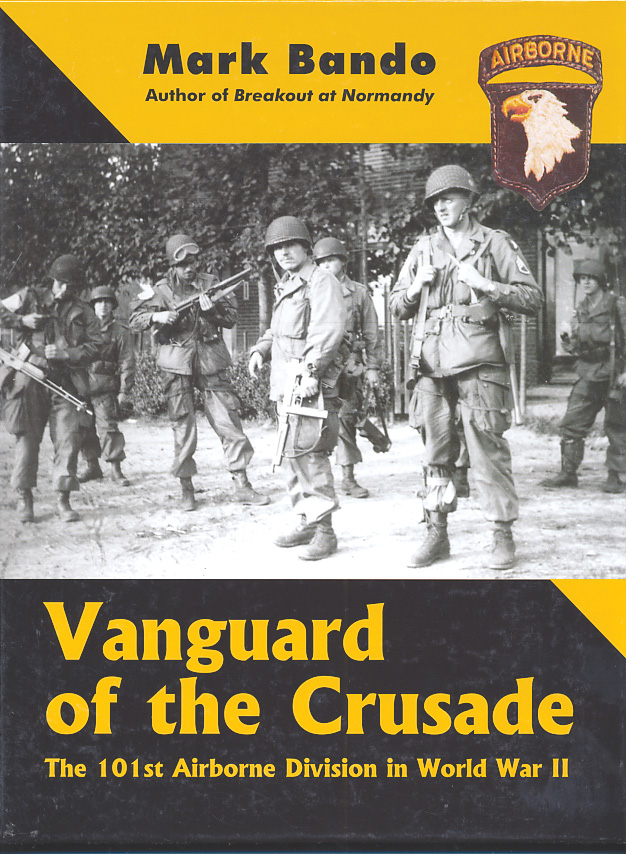
Mark Bando is a recognized authority on the operations of the 101st Airborne Division, the “Screaming Eagles,” during the great crusade of liberating Europe from tyranny in World War II. He has conducted over 950 interviews with division combat veterans since 1968 and has collected thousands of rare unit wartime photographs. The results of his research were published in two earlier volumes that have been combined, expanded, and published as Vanguard of the Crusade. This enthralling saga is the story of the officers and men of the Screaming Eagles, told largely by the paratroopers themselves, in poignant and riveting detail. While the night combat jump into Normandy on D-day, fighting through the Norman hedgerows, Operation Market Garden, and the vicious winter battle at Bastogue are well known, this book brings to life the many equally fierce but smaller engagements and the sky soldiers who fought them. This compelling study, accented by hundreds of mesmerizing photographs, showcases the wartime accomplishments of the Screaming Eagles and the human element of combat.
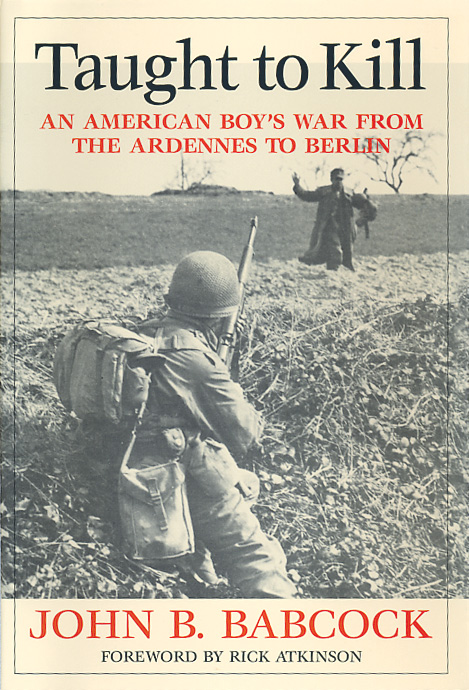
Admitting that his account is “a small chip of a broad mosaic,” World War II infantryman John B. Babcock has written a poignant, candid, and gut-wrenching memoir of his combat service in Europe during the final months of the war. Born in 1922, Babcock was serving in the Army Specialized Training Program (ASTP) when, as the pool of ground soldiers was shrinking and the program was ended in 1944, he became an infantry mortarman. Babcock and his unit, the 78th Infantry Division, entered combat in the Hürtgen Forest three days before the German counteroffensive of the Battle of the Bulge. Through the frigid, fierce fighting in the Ardennes, being wounded at Remagen, surviving the war, and serving on occupation duty in Berlin, Babcock records in compelling and frequently gruesome detail his actions and thoughts. Fear, confusion, violence, and death dominated a battlefield abandoned by logic, fairness, and sympathy. This is a compelling account, revealing that Babcock’s soul was scarred much deeper than his body. It is a fitting corrective to the notions of unending selflessness and heroism in combat and the idea of World War II veterans being “the greatest generation.”

Author David A. Witts flew the amphibious Consolidated PBY5A Catalina aircraft in the Pacific Theater during World War II. This provocative book, based upon his wartime experiences, limited research, and seemingly festering sense of resentment, consists of a number of vignettes. They are organized into chapters that focus on four main themes. The first is that the “accomplishments [of the 13th Air Force) have gone unrecognized and unrecorded due primarily to ‘turf’ issues.” Elsewhere, Witts states the 13th Air Force’s “official story” was written years later, and adequate research would have revealed numerous volumes on the topic. Witt also states that the operations in the European Theater have overshadowed those in the Pacific. With some accuracy, the author observes, “Japanese atrocities were more bestial, of longer duration, and more widespread than those in Germany.” Witts remains convinced that, unlike the Holocaust in Europe, Japanese war crimes were “forgotten and forgiven.” While some of the information in this book is worthwhile and eye opening, the reader may not want to wade through the author’s opinionated and sarcastic comments, especially his uninformed and jingoistic 9/11 jeremiad, to find it.
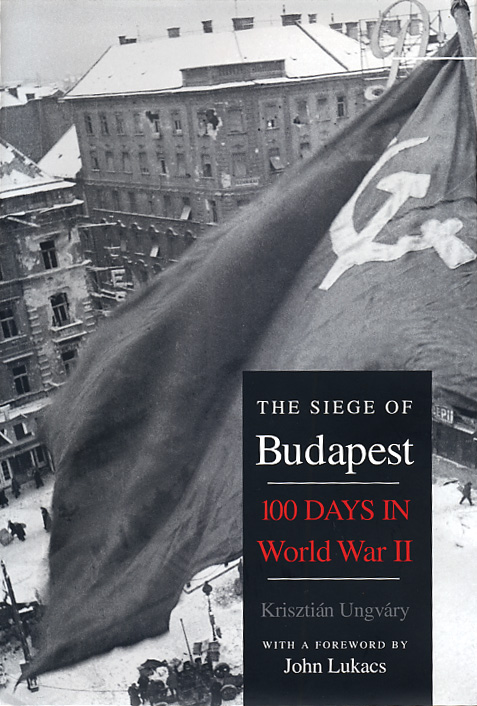
The Soviet steamroller ravaged much of Eastern Europe in early 1945 on its relentless drive to capture the Nazi capital of Berlin. The opposing forces marched and fought at Budapest, Hungary, as Soviet Premier Josef Stalin thought this was the key to dominating Europe and Hitler wanted to maintain his grip on Vienna and block the southern approach to Berlin. The siege and vicious battle of Budapest lasted about 100 days, and it was one of the bloodiest of the entire war. Hungarian historian Krisztian Ungvary has used documents from previously inaccessible Eastern European archives and hundreds of participants’ account to write a meticulously detailed, almost block-by-block, chronicle and assessment of the battle of Budapest. More than 80,000 Soviet soldiers and about 38,000 German and Hungarian soldiers were killed, as were many Hungarian civilians. This compelling story about the battle of Budapest, considered the “second Stalingrad” by the Germans, makes an important contribution to World War II literature.

The last months of World War II in Europe, writes Barry Turner, were much more than “a short epilogue” to a conflict assumed to be over with Allied victory inevitable. After the Allies were surprised by the determined German counterattack in the Ardennes in December 1944, which began the month-long Battle of the Bulge, the Allies had to fight their way foot by foot to the German heartland. The majority of this book is a chronicle of demanding land operations on the European continent, penetrating the Siegfried Line, advancing to the Rhine, and finally linking up with the Soviet forces at Torgau on the Elbe River. Other chapters highlight various facets of the war, including the Allied bombing campaign, Danish and Norwegian resistance, the famine in the Netherlands during the severe winter of 1944-1945, competing strategic concepts, and the death throes of the German Army and the Third Reich. As seems to be the vogue in many history books today, this narrative contains various anecdotal materials and is aimed at a popular readership.

Charles Fenn’s World War II experiences read like a fast-paced adventure novel. After serving as a journalist in Asia, 36-year-old Fenn was recruited by the Office of Strategic Service (OSS), the precursor of the Central Intelligence Agency. Based on his earlier experiences, Fenn was commissioned as a Marine 1st lieutenant after undergoing Marine training. Of the five sections in the OSS, Fenn was assigned to MO or Morale Operations, which was responsible for propaganda and deception activities. He was assigned to the China-Burma-India (CBI) Theater. Initially, he worked with Detachment 101 in Burma and then established a circuit of spies and informants in Southern China. Fenn was later posted to its Air Ground Aid Services in Indochina, where one of his accomplishments was recruiting Ho Chi Minh as an Allied agent. “Fearless” Fenn’s interesting activities and candid comments on ill-chosen OSS leadership, Chinese nationalist leader Chiang Kai-Shek, and famed leader of the Flying Tigers fighter group General Claire Chennault are especially provocative. Fenn’s book is a fascinating wartime intelligence memoir.
Back to the issue this appears in
Join The Conversation
Leave a reply cancel reply.
You must be logged in to post a comment.
Share This Article
- via= " class="share-btn twitter">
Related Articles
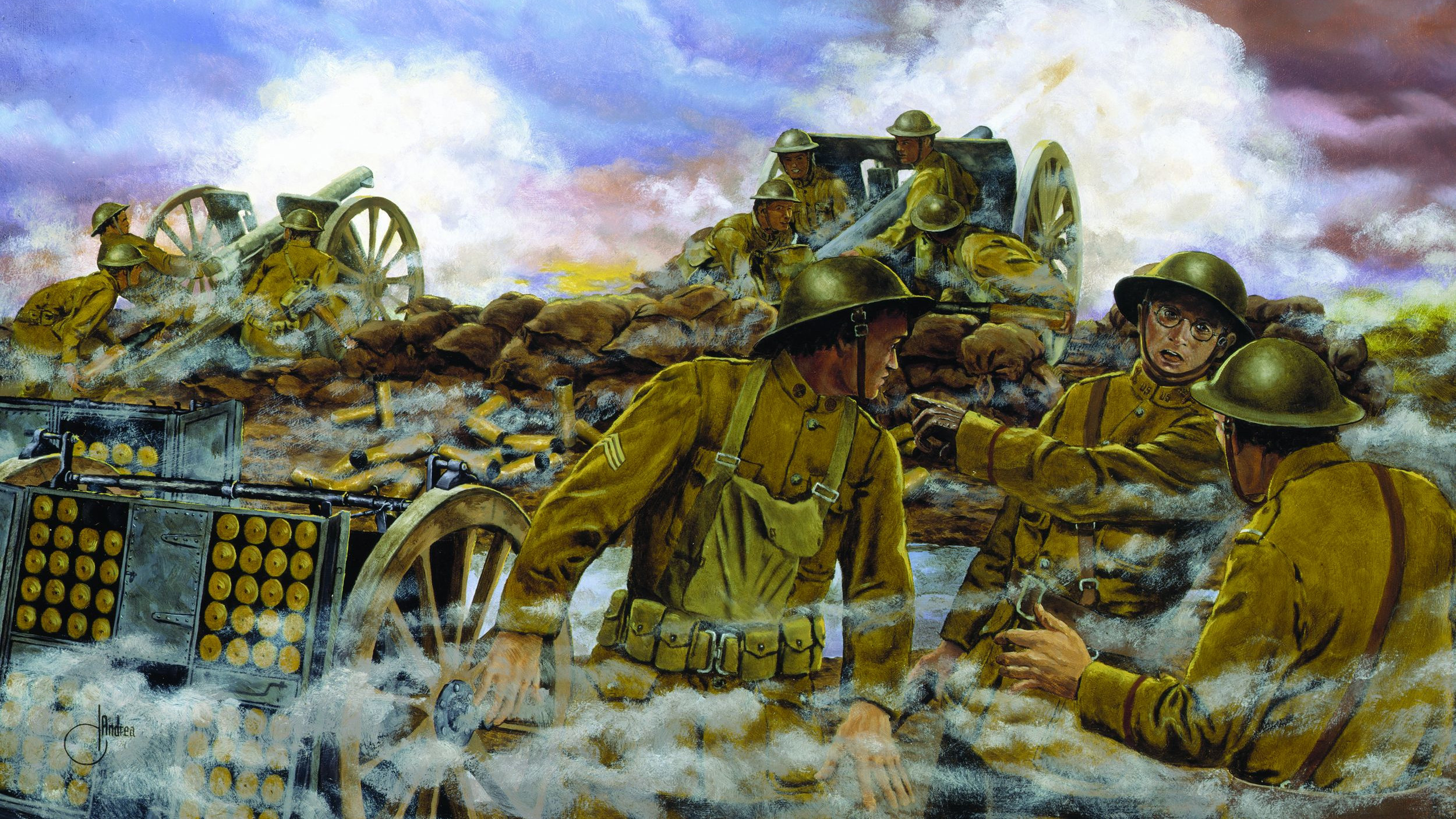
Book Reviews
Harry Truman’s Military Carrer
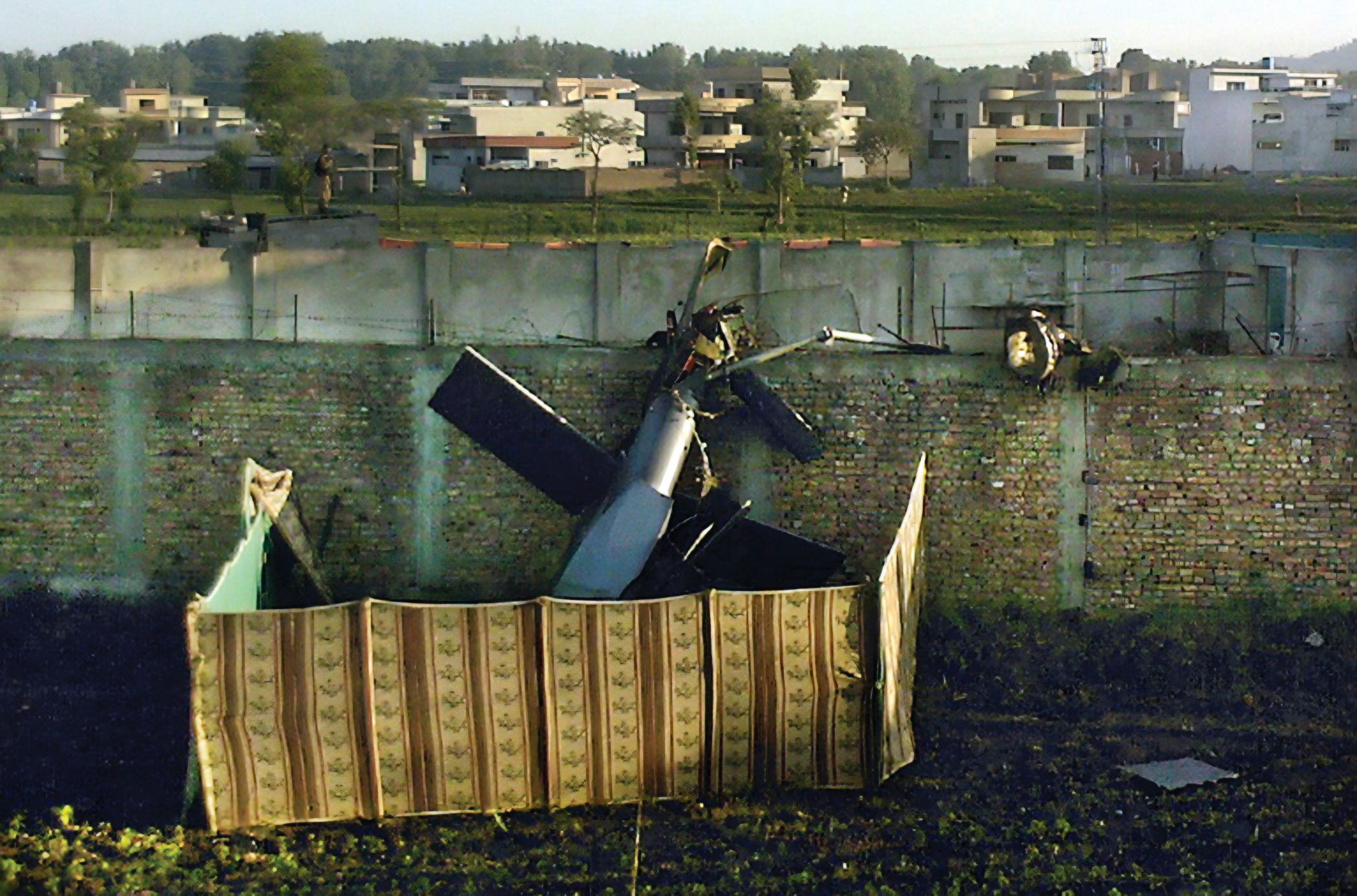
Killing Bin Laden
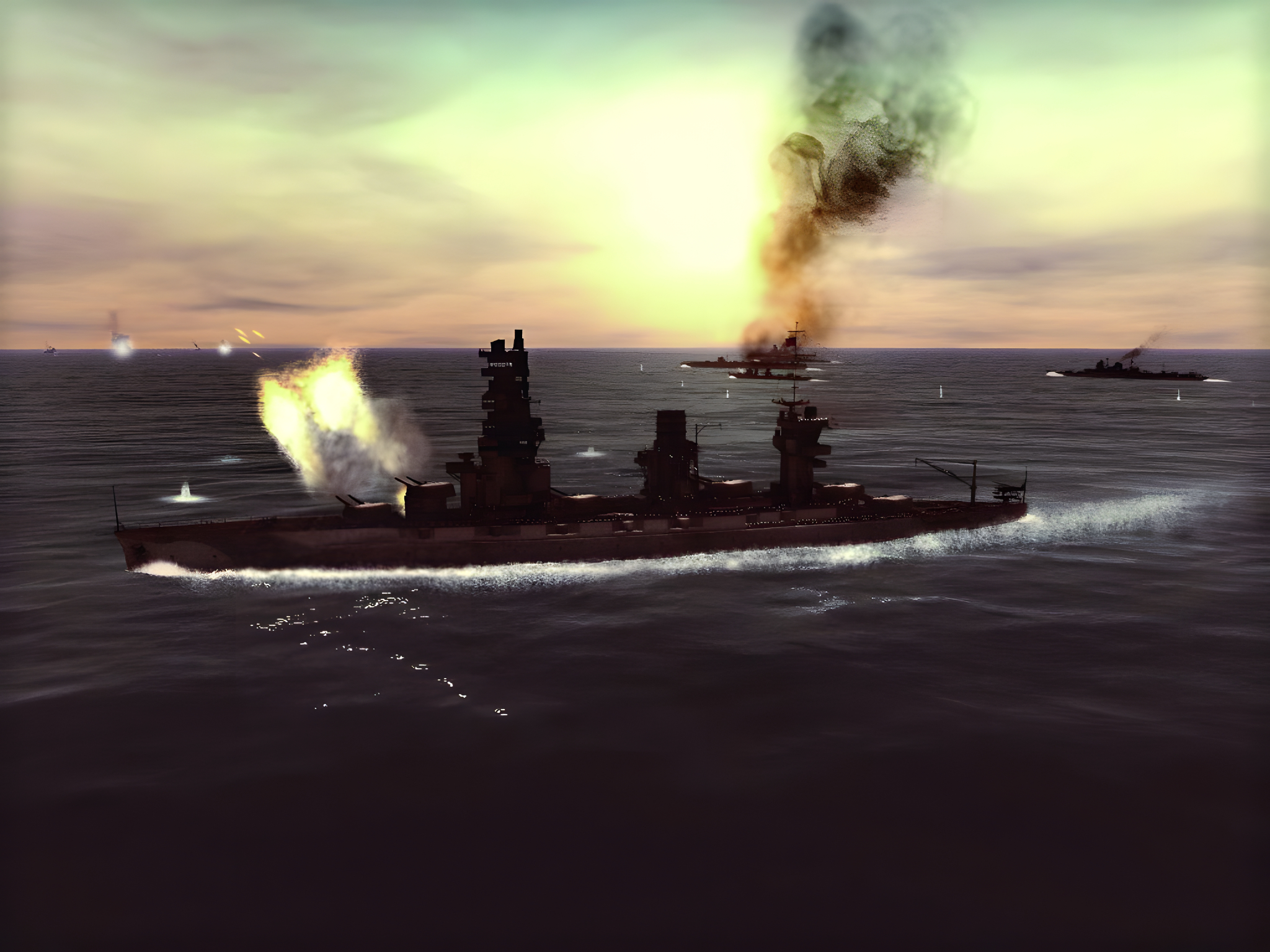
Submarine warfare is an excellent genre for gaming.
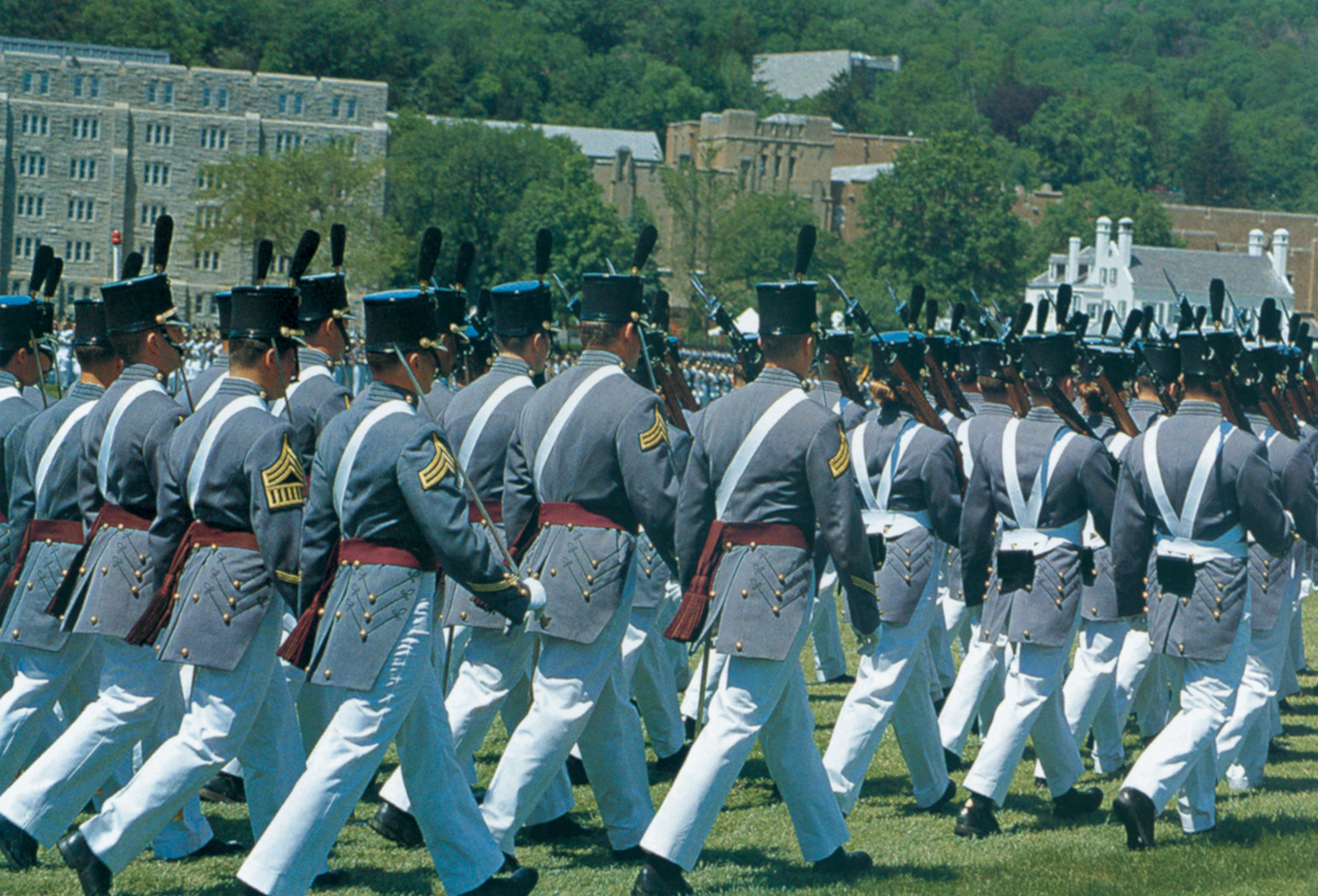
Agostino von Hassell and Herm Dillon’s ‘West Point’
From around the network.

Military History
King Charles I: Decision at Naseby
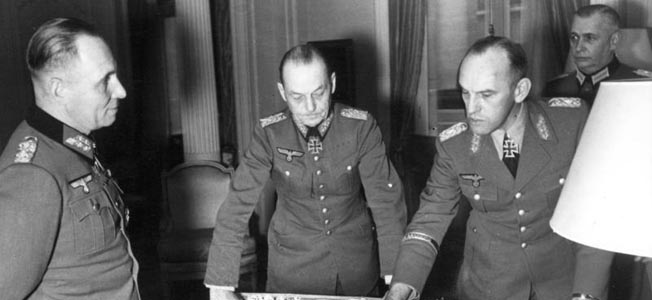
Field Marshals Erwin Rommel & Gerd von Rundstedt
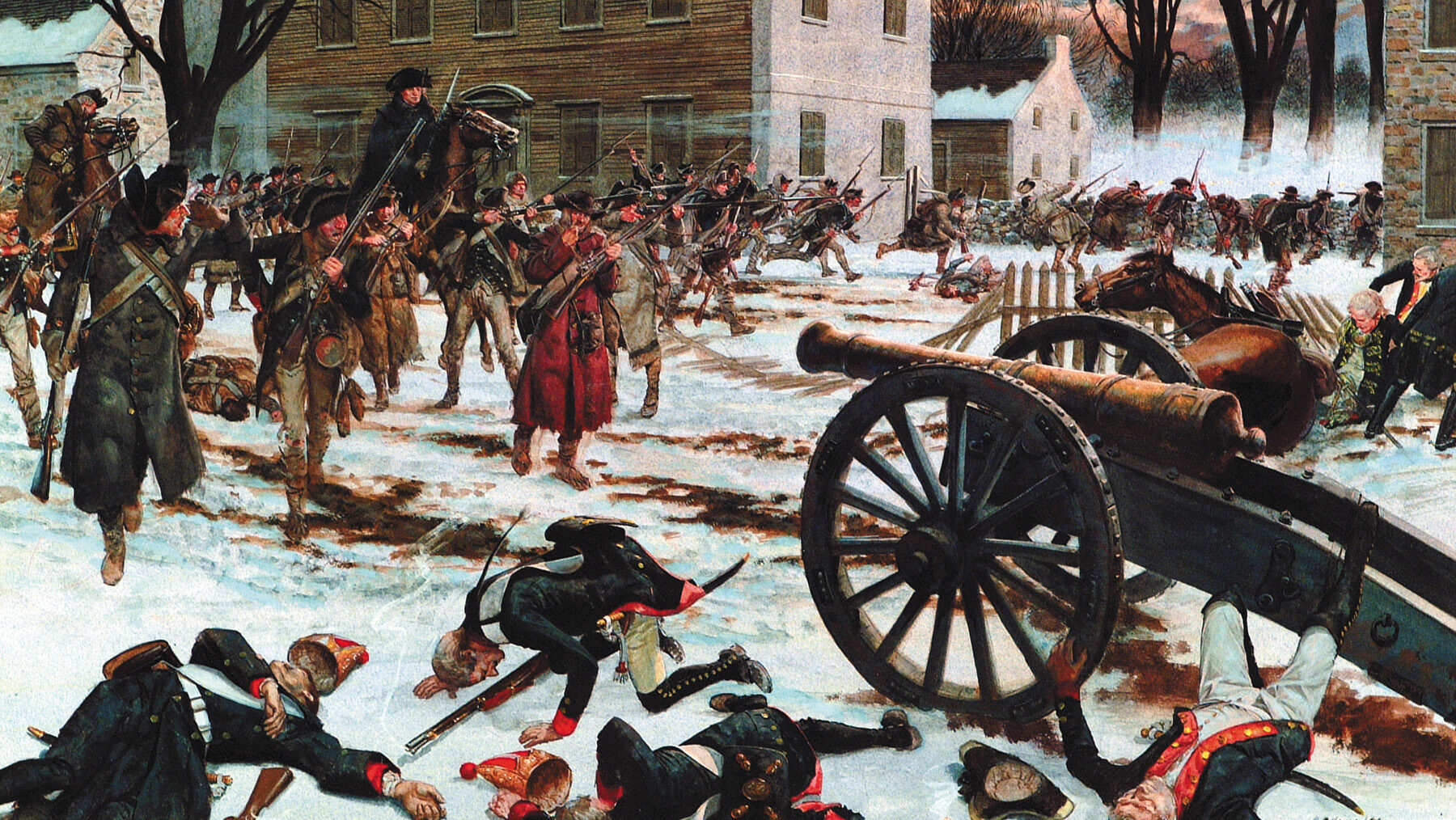
The Battle of Trenton
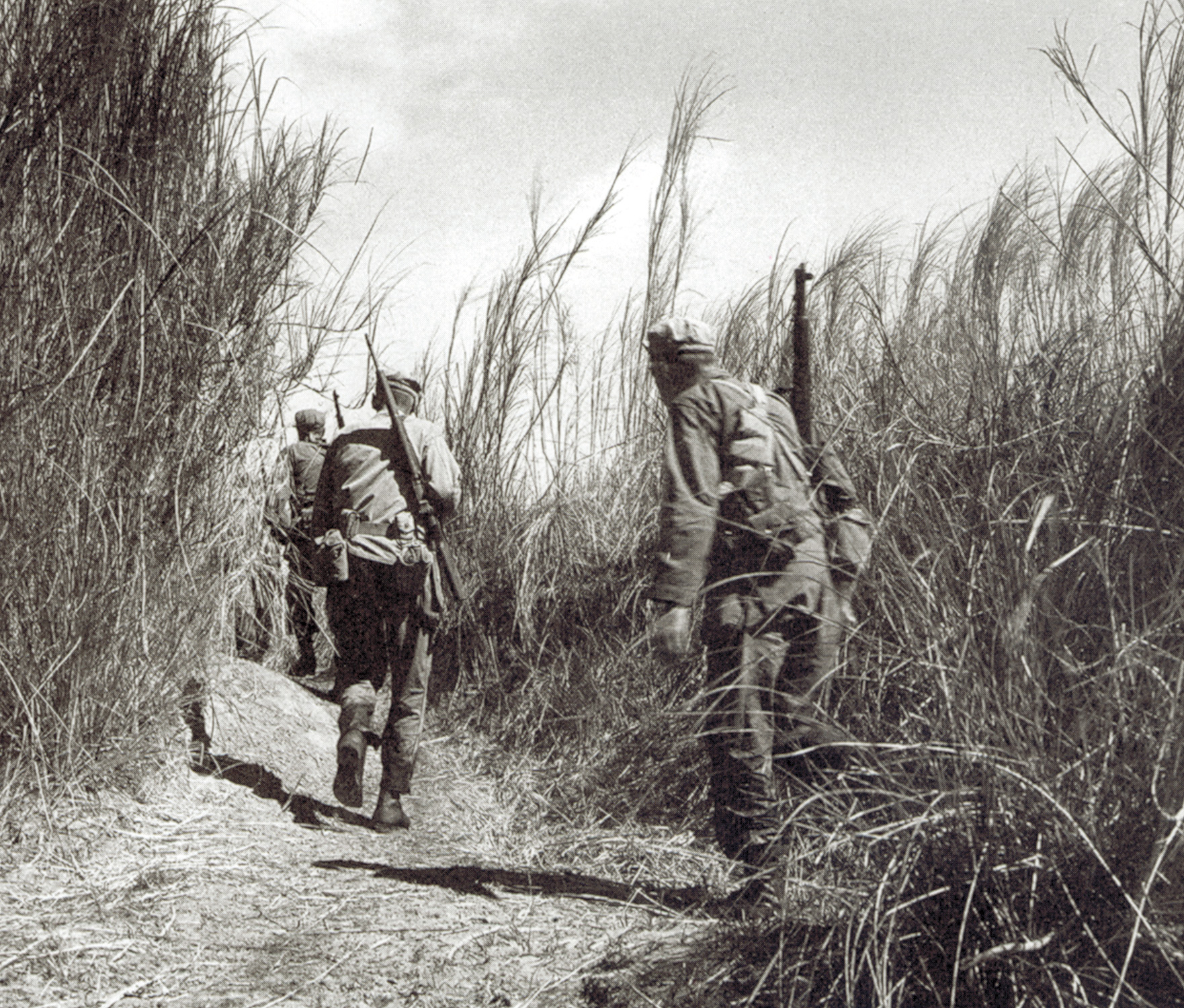

Hampton Sides’ ‘Ghost Soldiers’
Griffin Museum of Science and Industry
What's here.
Providing unique experiences designed to spark scientific inquiry and creativity since 1933.
5700 S. DuSable Lake Shore Drive Chicago, IL 60637
Getting here
Inspire the next generation of scientific leaders and thinkers with a gift today.
Exhibit / U-505 Submarine
U-505 submarine, open today from 9:30 a.m. to 4:00 p.m. open tomorrow from 9:30 a.m. to 4:00 p.m., the trip to chicago.
Like the capture and salvage efforts, bringing the U- 505 to Chicago proved a monumental undertaking. On May 15, 1954, a tugboat began towing the sub from Portsmouth, New Hampshire, where she was being stored. The tow covered 3,000 miles — through 28 locks on the St. Lawrence Seaway, and through four of the five Great Lakes.
The U- 505 arrived in Chicago on June 26, 1954, only to face another major hurdle: an 800-foot overland trip from Lake Michigan to the Museum. The task required extensive planning to cross Lake Shore Drive (now DuSable Lake Shore Drive) without destroying the pavement and tying up traffic. Engineers designed an elaborate rail and roller system to move the heavy sub out of the water and over the land. The city closed Lake Shore Drive the night of September 2, 1954 to allow the sub to cross. It took another week for the sub to complete its journey from the road to the Museum.
On September 25, 1954, the U- 505 was dedicated as a war memorial and a permanent exhibit at the Griffin Museum of Science and Industry. In 1989, the sub was also designated as a National Historic Landmark. The U- 505 is the only Type IX-C U-boat in existence today.
How can we help you?
Loading more results ...
No more results to load
- Join + Give
Moscow tours
- Page active

Jewish Tour in Moscow

Moscow Kremlin tour

Red Square & Moscow City Tour

Moscow Non-Touristy Tour

Izmailovo Tour in Moscow Flea Market & Kremlin

Moscow Must See Tour

2-Day Tour in Moscow With a Friendly Guide

3-Day Tour in Moscow With a Friendly Guide

Moscow Night Tour

IMAGES
COMMENTS
The tour lasts about 25 minutes, including a question-and-answer session at the conclusion. Tickets. The U-505 On-board Tour is not included in Museum Entry, and requires a separate, timed-entry ticket. Adult - $18 Child (3-11) - $14. United States military active-duty personnel and veterans receive $4 off U-505 On-Board Tour tickets. See ...
On June 4, 1944, a German submarine was prowling the waters off the West African coast for American and Allied ships. Part of a U-boat fleet terrorizing the Atlantic, this submarine was known as U- 505. But on this day, the U- 505 had just become the hunted. For all ages.
Today we go for a tour on a real World War 2 era German submarine. This was filmed at the Museum of Science and Industry in Chicago, Illinois in April, 2016....
Extended Private Group Tour. Select weekend dates: check-in at 7:45 a.m., coffee/tea at 8 a.m., guided tour begins after. Take an extended, private group tour of the U- 505 submarine and exhibit before the Museum opens. United States submarine veterans answer your questions, and you'll have additional free time in the exhibit before Museum hours.
You can take a step back in time at the Museum of Science and Industry in Chicago, and step onto a WWII submarine. Visiting the U-505 Nazi submarine, which t...
Tours and Experiences; Events; ... With multiple interactive units, archival media, videos narrated by Bill Kurtis and nearly 200 artifacts, the U-505 Submarine exhibit is a treasure trove of history as well as a National Historic Landmark. The U-505 Exhibit ; Restoration ; Interactives ; Subscribe to our newsletter.
Board the U-505 submarine, the actual craft that stalked the waters of the Atlantic before it was blown to the surface and captured on June 4, 1944. From the...
The general U-505 exhibit is included in your MSI entry. A 30 minute tour of the interior of the submarine is an add'l fee ($12, or $10 prepaid online). Allow at least 30 minutes before your tour ...
The U-505, a submarine captured from the Germans during WWII, is the single best exhibit at MSI, and possibly the most impressive in all of Chicago. Viewing the submarine from the outside is free (and still extraordinary). If you want to go on the tour that goes inside, it's $18 for adults and $14 for kids.
U-505 is a German Type IXC submarine built for Germany's Kriegsmarine during World War II.It was captured by the United States Navy on 4 June 1944 and survives as a museum ship in Chicago.. In her unlucky career, it had the distinction of being the "most heavily damaged U-boat to successfully return to port" in World War II, suffering six botched patrols, and becoming the only submarine in ...
Walk around the outside and take a walk below decks into the captured U-Boat U-505. This is an amazing exhibit hall created by the CMSI, to house this histo...
Museum of Science and Industry: Awesome U-505 tour is a must! - See 11,221 traveler reviews, 4,379 candid photos, and great deals for Chicago, IL, at Tripadvisor.
The U-505 submarine on-board tour at the Museum of Science and Industry takes guests on a 15-minute guided tour through the inside of a real WWII submarine. When the Museum reopened in 2020 after a long COVID-19 closure, the state guidelines required that the submarine remain closed due to the tight quarters.
1. It Is the Only German Submarine in the United States. The U-505 holds a special place in American naval history as the only German submarine in the United States. This rarity makes it a must-see for both history buffs and casual visitors. The U-505's journey from the depths of the Atlantic to its current resting place is a tale of intrigue ...
The German U-boat U-505 was, according to author James E. Wise, Jr., "probably one of the unluckiest U-boats in Adolf Hitler's submarine service during World War II.". After being involved in a series of unfortunate incidents, coupled with poor leadership and "mysterious equipment malfunctions," in June 1944, U-505 became the first ...
Museum of Science and Industry, Chicago: "Is it necessary to book the U505 tour to see the..." | Check out 20 answers, plus see 11,230 reviews, articles, and 4,394 photos of Museum of Science and Industry, ranked No.35 on Tripadvisor among 3,744 attractions in Chicago.
Experience the real U-505, the only German submarine in the United States. Griffin Museum of Science and Industry. Explore; Visit; Join + Give; Search; Buy Tickets ... On-board Tour; Story; Educators; Add to my visit. Add to my visit. The Story of the U-505 Capture . World at War ; Capturing the U-505 ; The First Exhibit ; Subscribe to our ...
In the summer period (from May 15 to September 30) the Moscow Kremlin Museums are open from 10.00 to 18.00, in the winter period - from 10.00 to 17.00. The Armoury Chamber is open to the public from 10.00 to 18.00 according to timed admission system. Day off - Thursday. Please check the main page of our website for changes to opening hours.
The U-505 exhibit extends 42 feet below ground. ... Be sure to visit the U-505 Submarine exhibit, featuring optional onboard tours daily, as well as our temporary 75th anniversary exhibit, U-505 Submarine: 75 Stories. These U-505 exhibits are included in Museum Entry, while the optional On-board Tour requires an additional purchase of a timed ...
Dillon takes you on a tour through the U-505 story with photos and more.Learn more about the U-505 at https://msichicago.org/u505(Original stream date: April...
1,306. Historical & Heritage Tours Red Square & Kitay-gorod. By youonec. I would highly recommend this company; the guides and services they offer an excellent one-on-one tours around Moscow. 6. Trans-Siberian Railway Network. 373. Scenic Railroads. By Elpoongs.
The Trip to Chicago. Like the capture and salvage efforts, bringing the U- 505 to Chicago proved a monumental undertaking. On May 15, 1954, a tugboat began towing the sub from Portsmouth, New Hampshire, where she was being stored. The tow covered 3,000 miles — through 28 locks on the St. Lawrence Seaway, and through four of the five Great Lakes.
Izmailovo Tour in Moscow Flea Market & Kremlin (75) + Add to wishlist. Popular $ 207. Moscow Must See Tour (75) + Add to wishlist. Popular $ 287. 2-Day Tour in Moscow With a Friendly Guide (75) + Add to wishlist. Popular $ 367. 3-Day Tour in Moscow With a Friendly Guide (75) + Add to wishlist. Popular $ 127.